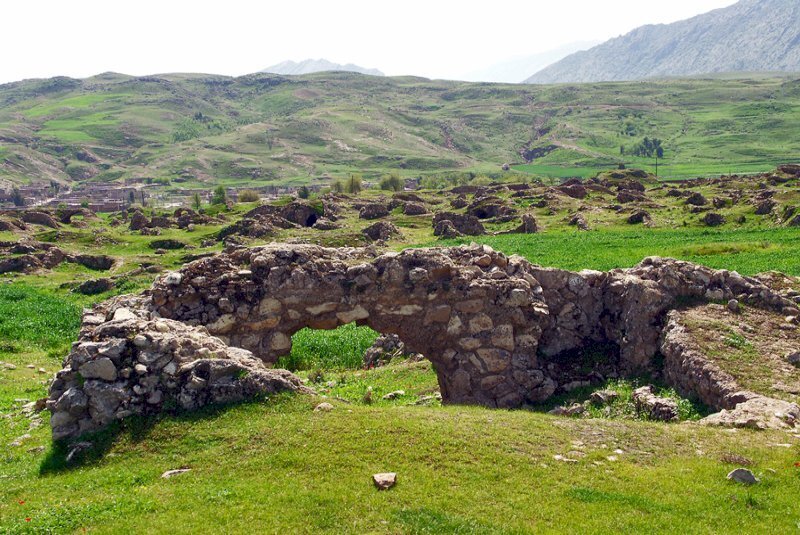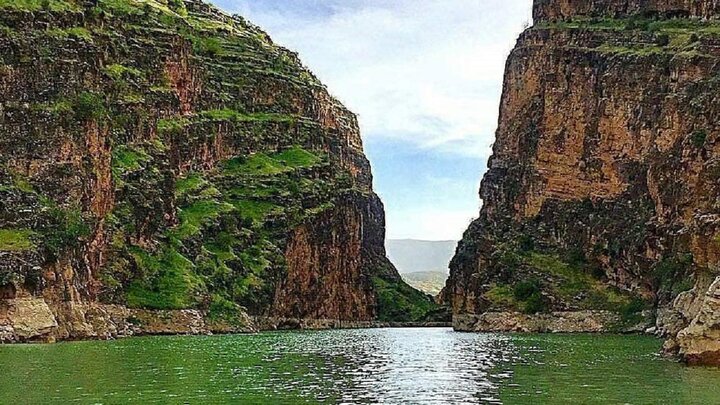Iran (IMNA) - “Archaeological work has begun to propose and determine new boundaries for the historical city of Seymareh,” CHTN quoted Ilam province’s tourism chief as saying on Wednesday.
Led by archaeologist Jamal Sheikhi, the project is carried out under the supervision of the Research Institute of Cultural Heritage and Tourism, the official added.
Ilam tourism directorate announced earlier this year, it was preparing to apply to UNESCO for a possible registration on the World Heritage list.
Seymareh was once the summer capital of Elamites, a pre-Iranian civilization dating from 2700 to 539 BC. The city also enjoyed centuries of prosperity during the Sassanid era (224 CE–651).
Covering an area of 200 hectares, the ancient city dates back to the Sassanid epoch and is believed to be built on remnants of the Elamite capital, Madaktu.

The first archeologist to visit Seymareh was Sir Henry Rawlinson. He began an expedition to the site in 1836. Jaques de Morgan also visited this historical land in 1891 and introduced it as the same ancient city of Madakto. Then it was Aurel Stein who attempted to explore it in 1936, according to Visit Iran, the official travel guide of Iran.
The archeological findings show that the city included about 5,000 houses with some modern aspects, like a water distribution system through clay pipes and underground sewers. The city was destroyed and deserted after a huge earthquake around 950 BC.
The name Elam was given to the region by others– the Akkadians and Sumerians of Mesopotamia–– and is thought to be their version of what the Elamites called themselves – Haltami (or Haltamti) – meaning “those of the high country.” Elam, therefore, is usually translated to mean“highlands” or “high country” as it comprised settlements on the Iranian Plateau that stretched from the southern plains to the elevations of the Zagros Mountains.
Tehrantimes


Your Comment